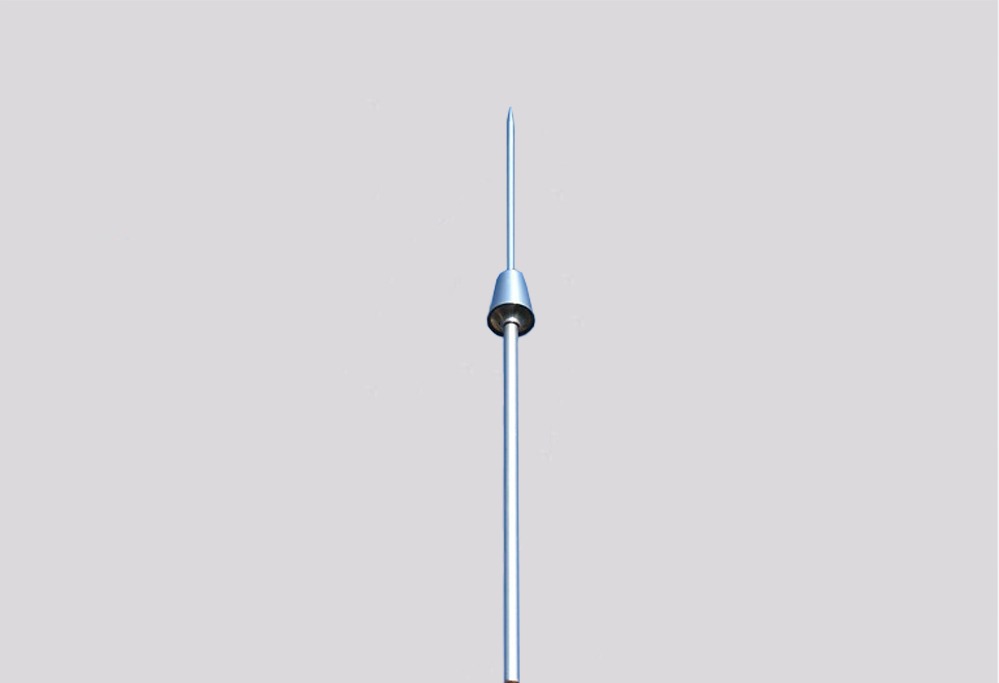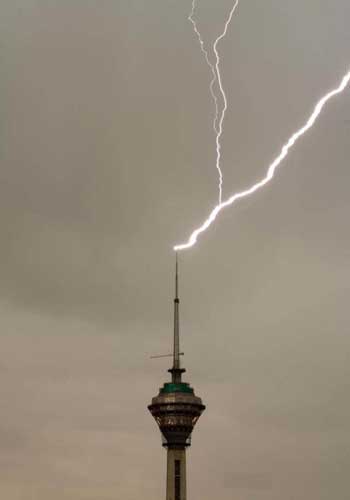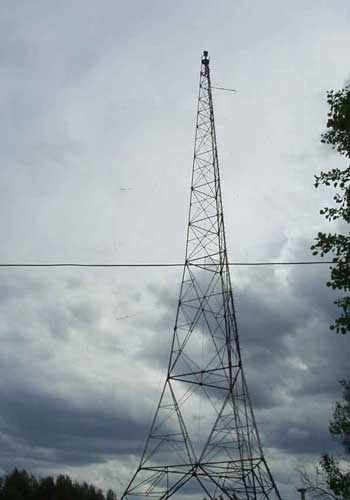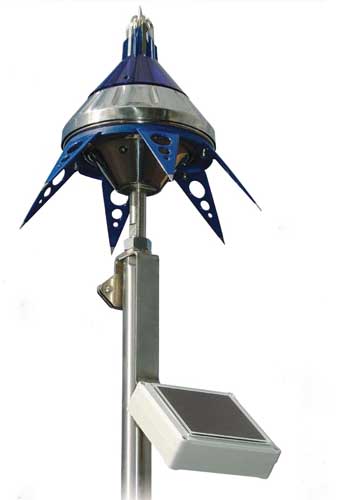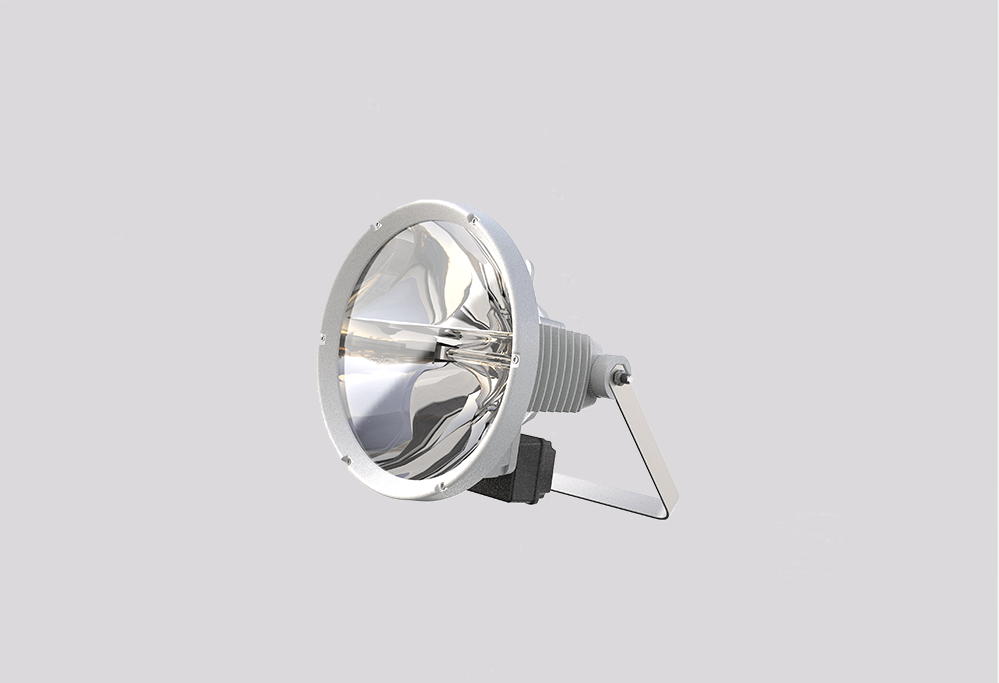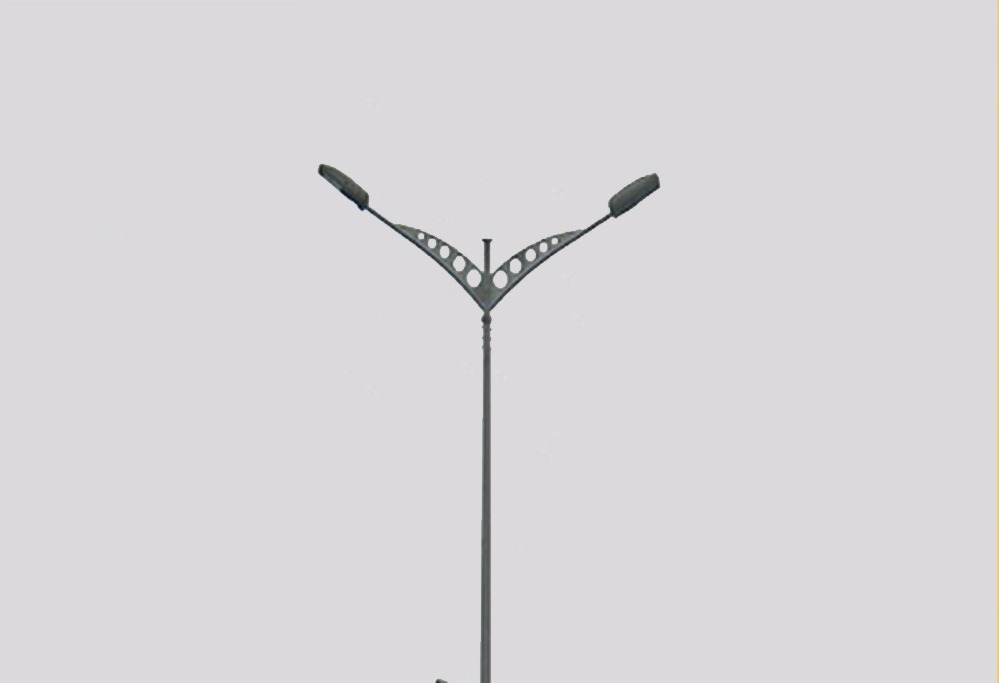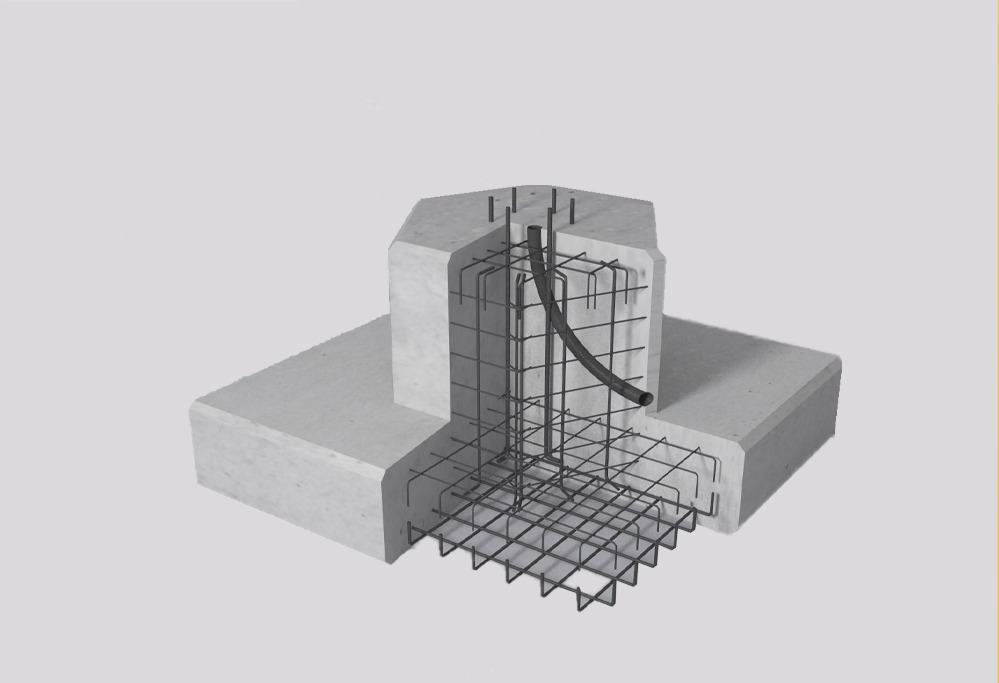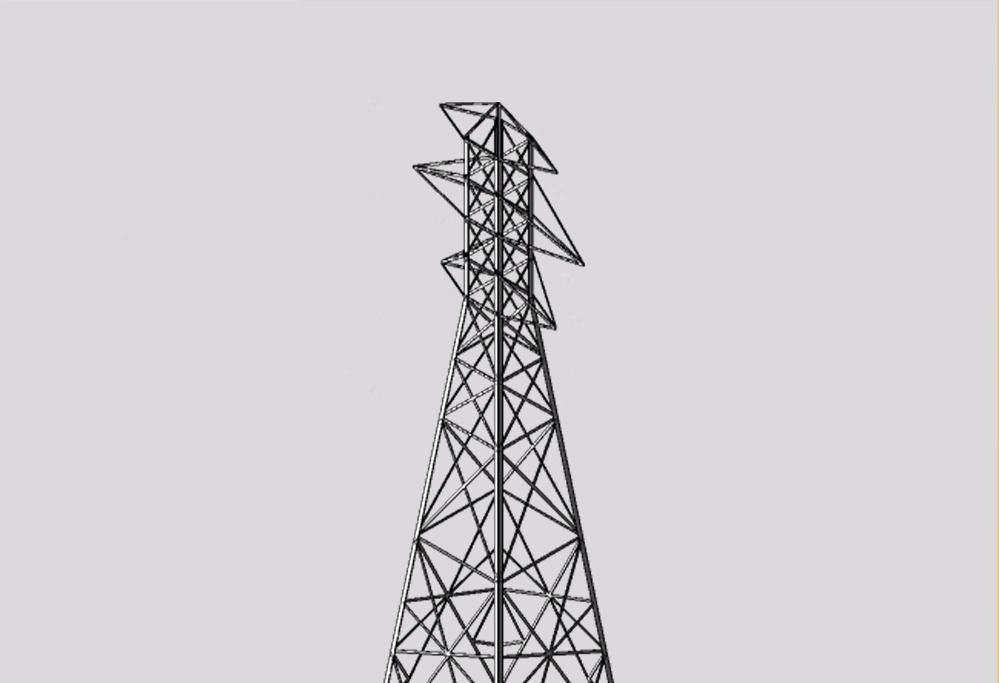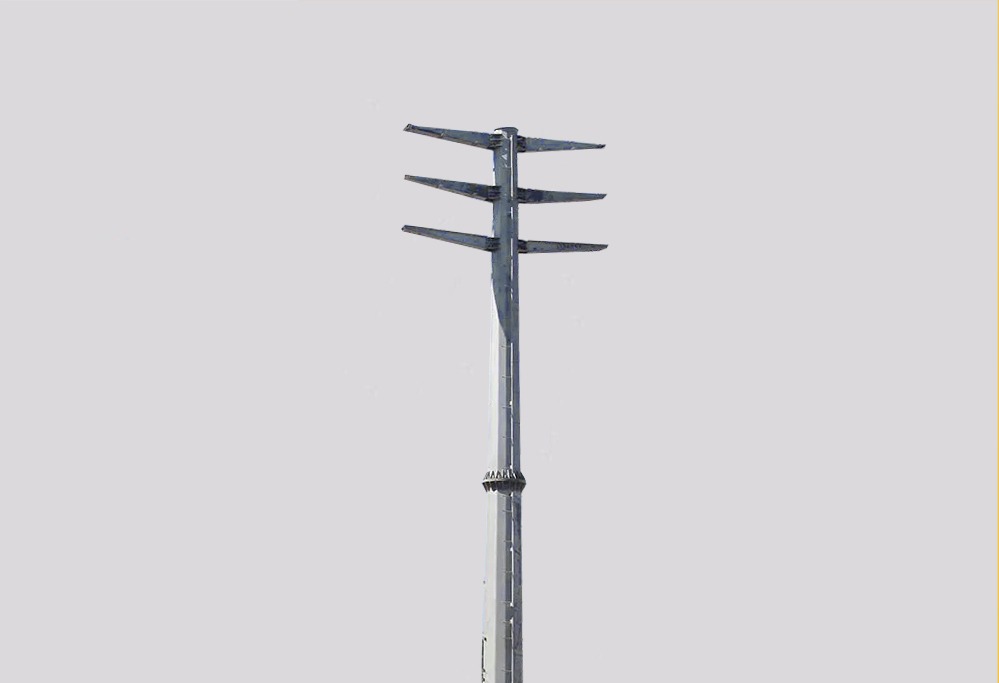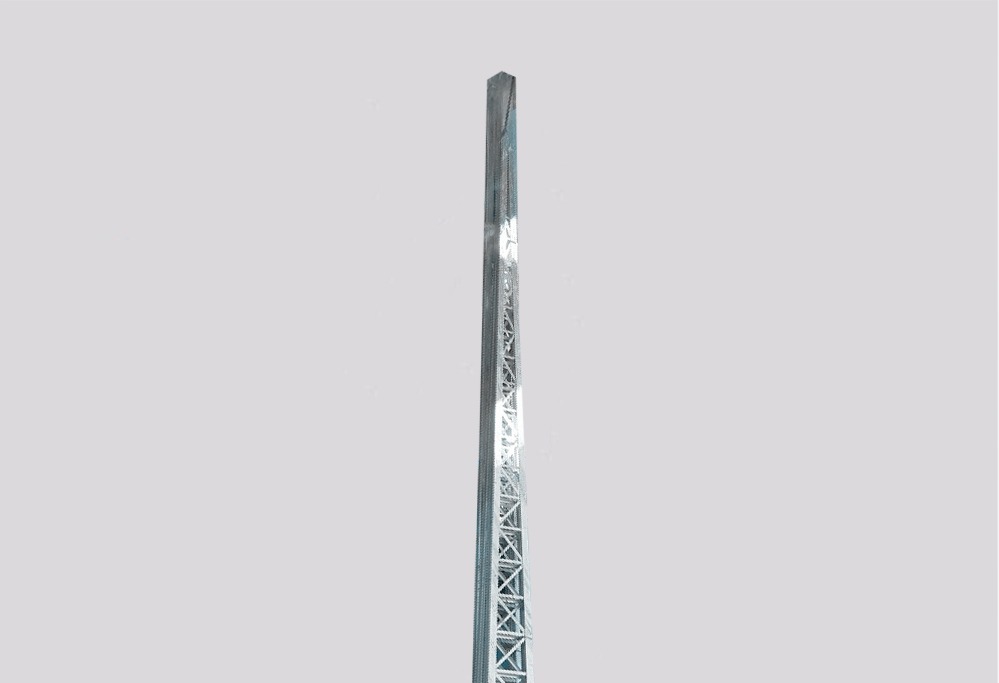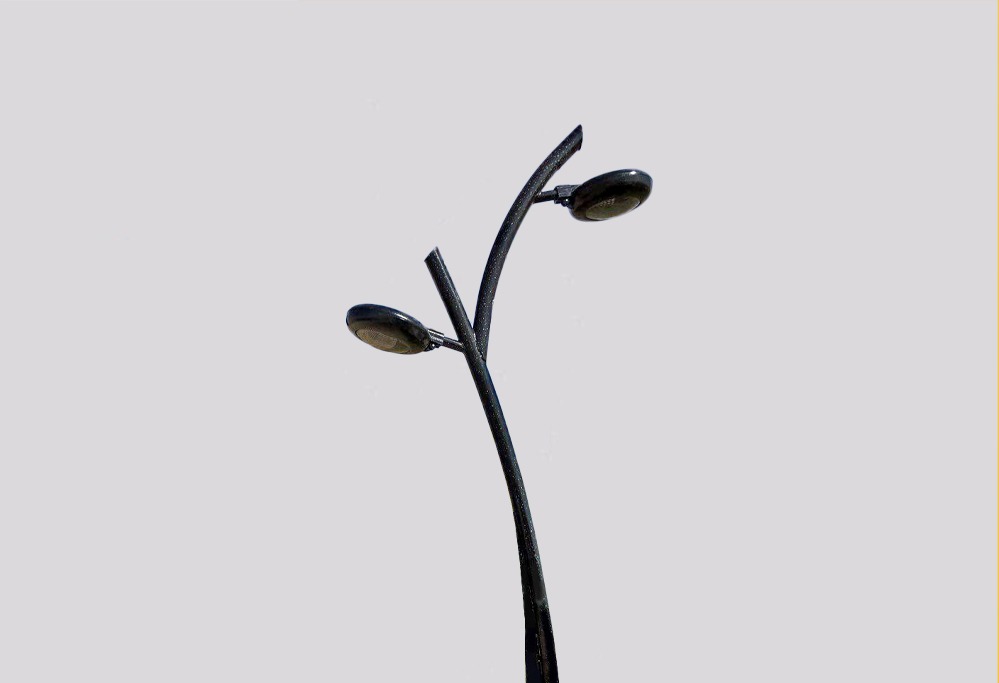The lightning rod is basically a protection system that prevents different parts of a system or people who are connected with it. These rods provide a safe path for the electricity that is transmitted to them by lightning and transmit the electrical power to the ground. In tall buildings, the use of a lightning rod can definitely ensure your or equipment safety to a great extent. The following presents a discussion about the lightning rod, the advantages of using it, and other related points from the Website of Ehdas Gostar Nirooye Pars Engineering Company.
The purpose of installing a lightning rod
Research indicates that over 40 lightning strikes hit the ground every second. These strikes pose a significant risk of property damage and injury. Even in the best-case scenario, a lightning strike can ignite a fire, leading to property damage and potential safety hazards.
These problems makes the use of a lightning rod a necessity for tall buildings and sensitive places that are likely to be struck by lightning. The lightning rod causes clouds with electric charge to suddenly connect to the lightning rod which is very high and discharge its electric charge in the lightning rod system. It is important to note that the tip of this tower ionizes the space around it so that the lightning strikes the tower naturally.
Features of the lightning rod
The proper functioning and integrity of the electrical system, and consequently all the components of a lightning rod, are paramount. Therefore, every lightning rod must adhere to key features outlined in various standards so that they can be used in the event of any accident. In the following, these standards are reviewed:
- All rods should be made of stainless steel or copper alloy.
- The lightning rod must be self-supporting, so that if lightning strikes it, the electricity will not be diverted to other parts of a building.
- The upper part of the rod must be suitable for temperatures of 50°C; on the other hand, it should have a high resistance against corrosive gases.
- The aerial component of a lightning rod system typically consists of a pointed air terminal and a mounting base, connecting the air terminal to the grounding conductor.
- All devices and connections used in the lightning rod must comply with BS 6651, NFPA 780, ICE 61024, and NFC17-102 standards. Current transmission devices and equipment are made of copper, copper alloy, or stainless steel.
Lightning rod conditions
Keep in mind that the location and other conditions of a lightning rod must be good to maintain its efficiency during any incident. The following examines the normal conditions of a lightning rod:
- Tested in laboratory and in real conditions
- Since these equipment do not need to be replaced for years (of course, if nothing happens to them), you should look for products manufactured using the latest technology at the time of purchase.
- Their performance must be completely independent and automatic.
- The conductor used must be integral from the pointed tip to the part that connects to the middle conductor
- All the raw materials used in the manufacture of the lightning rod must be of high quality to extend the lifetime of the equipment
How does a lightning rod work?
The first thing that determines the performance of a lightning rod is its place of use and its material. It should be a strong and sharp conductor that does not lose its conductivity over time. Note that these devices are installed in the top highest part of the building.
Bear in mind that if another part of your building has a higher height (especially if it is conductive), the lightning rod system will be disrupted. The next thing that causes the lightning rod to attract lightning naturally is that a unit called “triggering” causes the tip point of the lightning rod to be completely electrified or ionized so that the possibility of attracting lightning to this rod may increase. Furthermore, this system reduces the length of the lightning greatly and discharges a large amount of the electric charge of the clouds in a very short time.
Different parts of the lightning rod
The different parts of a lightning rod according to our sales experts at Ehdas Gostar Pars website are:
- Wire, belt, plate, and copper rod
- Earth resistance reducing materials used in the earth well
- Cast iron valve for examining the earth well
- Lightning counter
- A variety of special clamps for belts and copper wires connected to the body
- Special clamp for connecting the lightning rod to the rod stand
- Electronic lightning rod whose body is made of stainless steel
Lightning rod price
To buy a lightning rod, you must first do a lot of research about the product you want. Also, calculations done according to the weather conditions and the building height are also very important.
Our experts in the Ehdas Gostar Nirooye Pars are ready to provide you with the required guidelines and help you in making the necessary calculations to choose the right lightening rod. For more information about the lightning rod price, call +9898-03136204848 to easily choose and buy the lightning rod you want using our consultation system.




